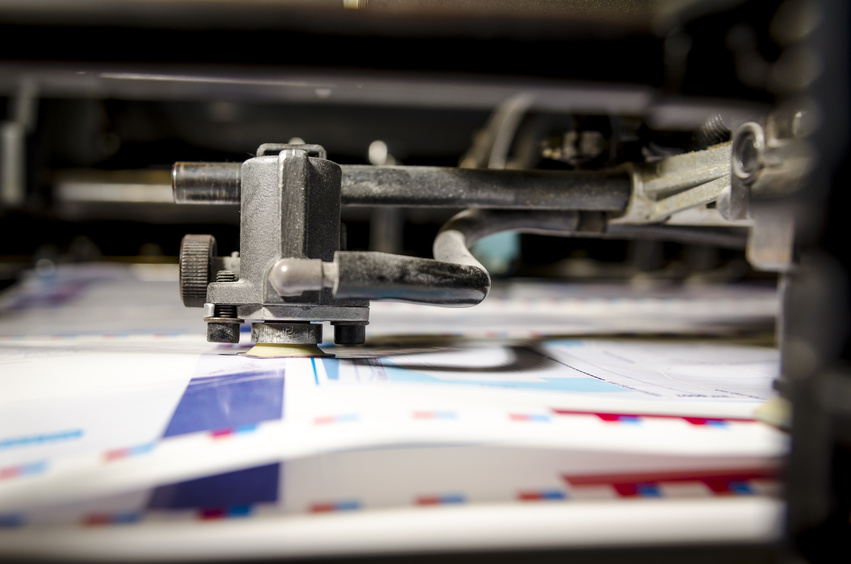You’ve finally landed on the perfect design for your company’s signage that will grab attention and make an impression on any passerby. However, now that it’s time for poster printing you realize that you neglected to consider how your design will translate to paper. To avoid a disaster at your printing services, be sure to follow these tips for a printer-friendly design.
Design In CMYK
When your company produces its own designs, you want to be sure that you are working in a color space that any printing company can handle. This is typically the CMYK color model. In this subtractive color model, the printing process is based in four main inks: cyan, magenta, yellow, and key.
Some design programs may default to an RGB color system. This system represents the colors used on a computer display: red, green, and blue. While you may not notice a major difference between the two on your screen, using CMYK will give you a more accurate representation of how the colors will print. You can switch between the color models in most design programs.
If you make the switch from RGB to CMYK after your design is completed, you may notice that some of your chosen colors appear dull and lifeless. While this can be disappointing, it is better to know that these shades won’t translate during poster printing rather than finding out after they have already printed.
Work With The Right File Size
One of the most common poster printing mistakes is using an image with a resolution that is too low. Print files typically need to be very big. A good rule of thumb is to set any files destined for printing to 300 DPI (dots per inch). When more dots make up an image, it will have a higher resolution.
When you have a resolution that is too low, your poster will be blurred and pixelated. With half of all customers entering a business because of its signage, you want to be sure that your signs are free of these off-putting mistakes. Be sure to print your files in PDF format at 300 DPI as well for optimum printer compatibility.
Ensuring that your design settings are correct is just as important as nailing the perfect design. Before you send your design to the printer, run a pre-print check. This step will help you find any issues with color, misspelled words, or unembedded fonts that could compromise your signage. Once you’re ready to print, turn to Boston Business Printing for top-notch quality and excellent customer service.

